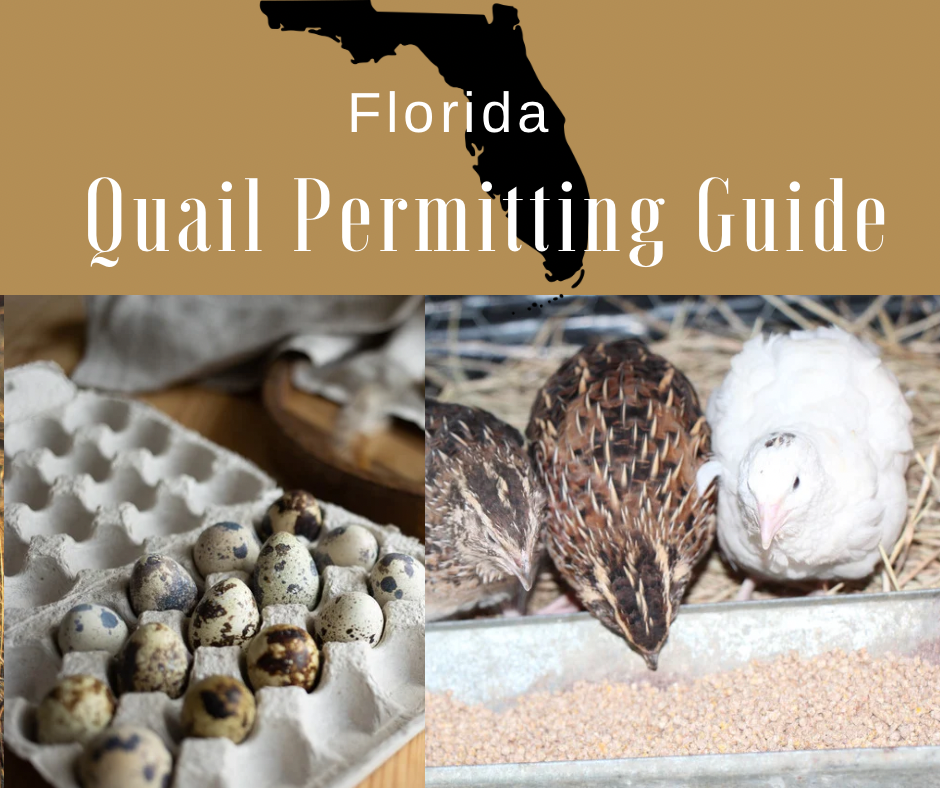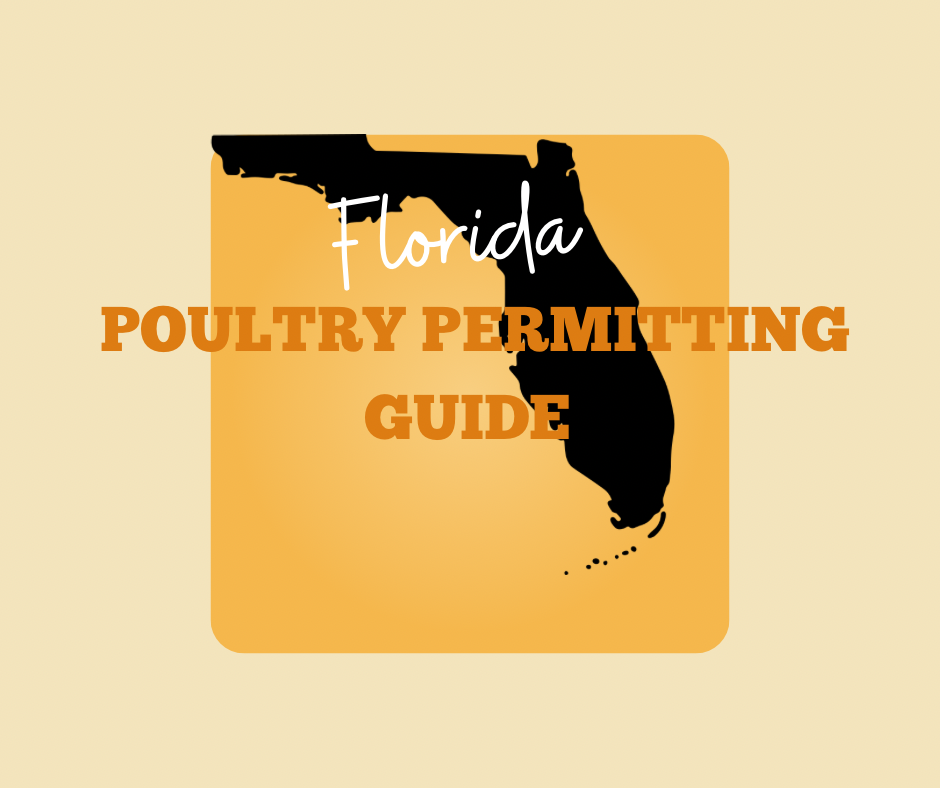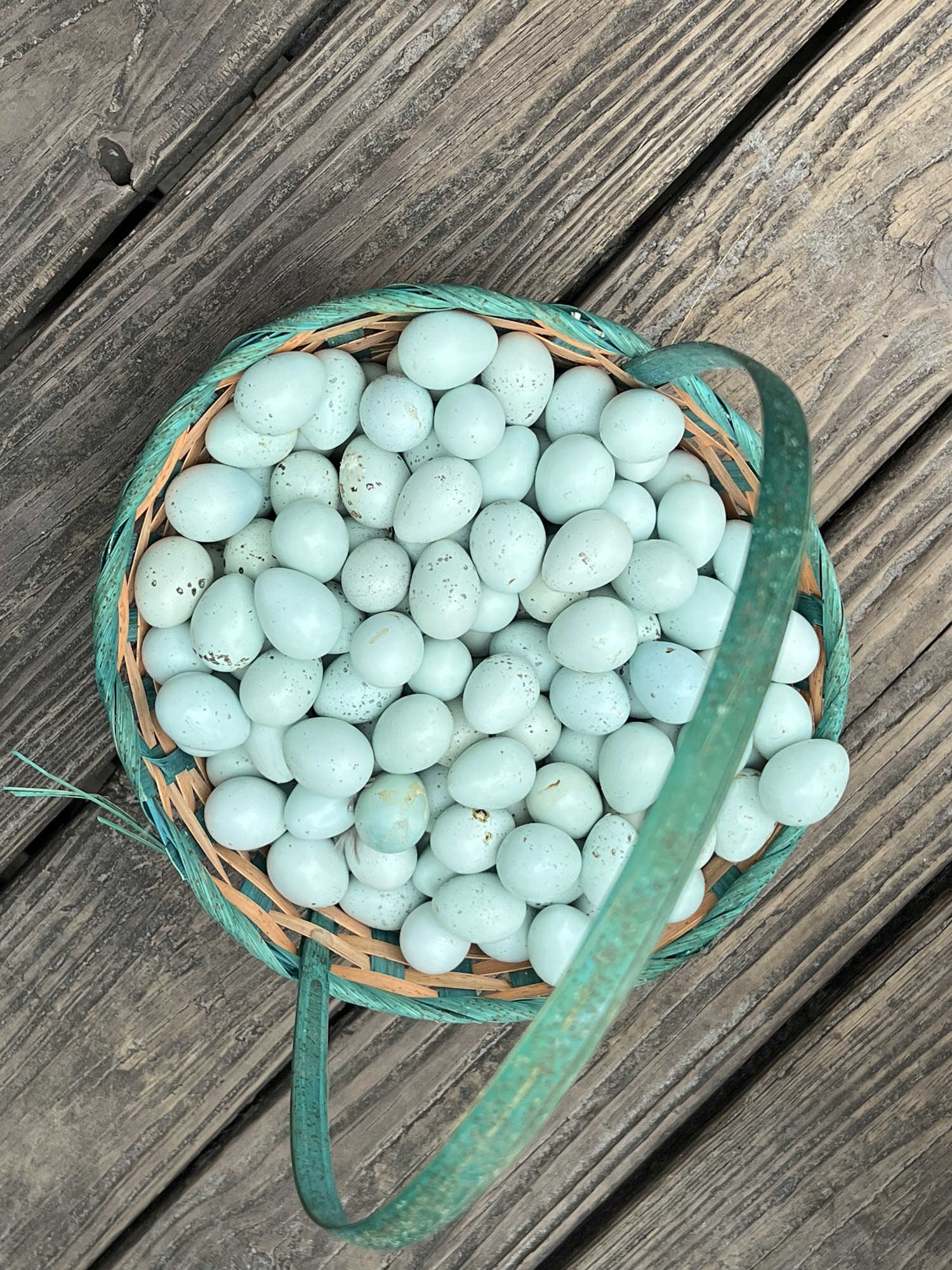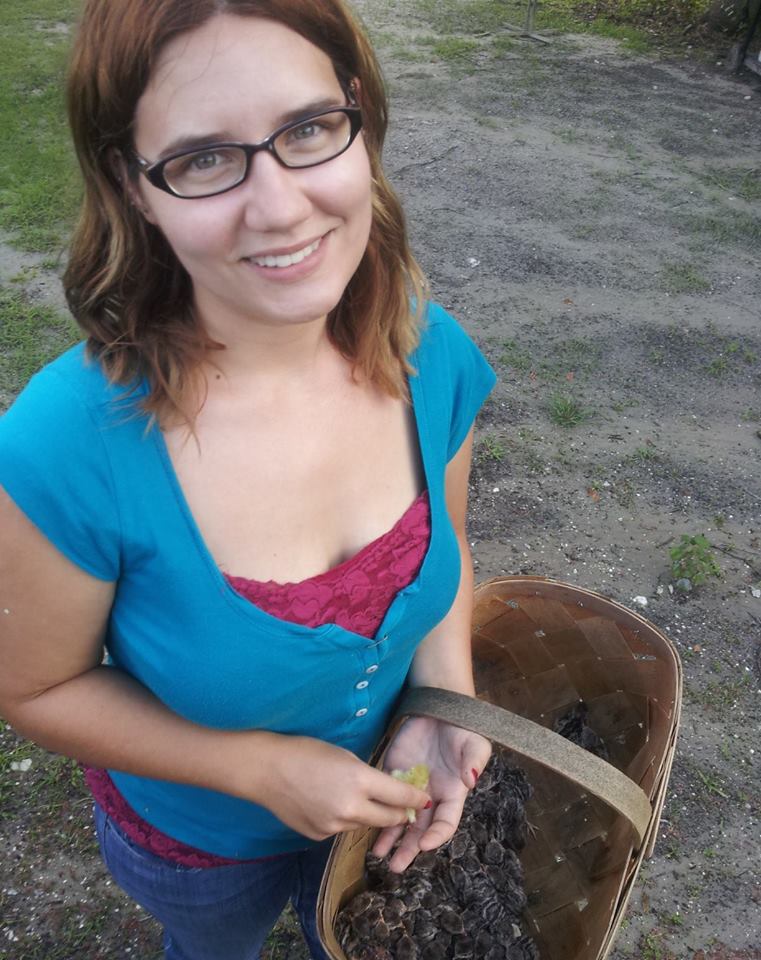The African Harlequin Quail (Coturnix delegorguei), is a small yet captivating bird that brings a splash of color and vibrancy to the African landscape. Revered for its striking plumage and intriguing behaviors, this quail species is a true gem among game birds. Whether you’re a bird enthusiast or a curious observer, understanding the unique characteristics of the African Harlequin Quail offers a deeper appreciation for the diversity of avian life in the wild.
Natural Habitat and Distribution
The African Harlequin Quail is widely distributed across sub-Saharan Africa, from Senegal and Ethiopia down to South Africa. These birds inhabit a variety of environments, including grasslands, savannas, agricultural fields, and wetlands. They are particularly associated with areas that experience seasonal rains, as their breeding cycle is closely tied to the availability of water and food resources.
During the rainy season, these quail are often found in dense grasslands and fields where they can forage for seeds, insects, and other small invertebrates. As the dry season approaches, they may migrate short distances to areas with more favorable conditions.
Physical Characteristics
African Harlequin Quails are small birds, measuring about 5 to 6 inches (12 to 15 cm) in length and weighing between 1.5 to 2 ounces (40 to 55 grams). They are known for their striking plumage, which features a mix of dark and light patterns:
- Males: Males are more brightly colored than females, with a black face mask, white throat, and a chestnut-brown breast. Their backs are patterned with intricate markings in shades of brown, gray, and black, which help them blend into their natural environment.
- Females: Females are less colorful, with more muted brown and buff tones, which provide excellent camouflage when they are nesting. The absence of the black face mask is a key difference between the sexes.
Behavior and Diet
The African Harlequin Quail is primarily a ground-dwelling bird, spending most of its time foraging for food in the undergrowth. Their diet consists mainly of seeds, grains, and small insects, which they find by scratching at the ground with their feet. In captivity, they should be fed a balanced diet of game bird feed supplemented with greens, seeds, and live insects like mealworms.
These quail are known for their secretive and shy behavior. They often remain hidden in dense vegetation, making them difficult to spot in the wild. When threatened, they prefer to run rather than fly, relying on their speed and the cover of vegetation to escape predators. However, if startled, they can take to the air in short bursts of flight.
Breeding and Reproduction
Breeding in African Harlequin Quails is closely linked to the rainy season, which provides the food and water necessary for raising chicks. During this time, males become more vocal, using a series of high-pitched whistles and calls to attract females and establish their territory.
- Nesting: Females build simple nests on the ground, often in tall grass or under shrubs, where they lay 4 to 6 eggs. The eggs are typically buff-colored with dark spots, providing camouflage in the nest.
- Incubation: The female incubates the eggs for about 16 to 18 days. During this time, the male may stay nearby to help protect the nest from predators.
- Chick Rearing: Once the chicks hatch, they are precocial, meaning they are born with their eyes open and covered in downy feathers. They are able to leave the nest and follow their mother almost immediately, learning to forage for food within a few days.
Keeping African Harlequin Quail in Captivity
For those interested in keeping African Harlequin Quail, it’s important to recreate their natural environment as much as possible. Here are some tips:
- Housing: Provide a spacious aviary or enclosure with plenty of ground cover, such as grass or low shrubs. The enclosure should be secure to protect the birds from predators and prevent escape.
- Diet: Feed them a diet rich in seeds, grains, and insects. You can also supplement with commercial game bird feed to ensure they receive all necessary nutrients.
- Breeding: If breeding in captivity, provide secluded nesting areas with tall grass or hay where the female can lay her eggs. It’s important to maintain a calm environment, as these quail can be easily stressed.
- Climate Considerations: Since they are adapted to warm climates, African Harlequin Quail should be kept in a controlled environment where temperatures do not drop too low. In cooler regions, they may require additional heating during the winter months.
The African Harlequin Quail is a fascinating and colorful species with a range of unique behaviors and adaptations. Whether you are observing them in the wild or keeping them in captivity, understanding their natural habits and needs is key to appreciating these remarkable birds. With the right care and environment, African Harlequin Quail can thrive, offering a glimpse into the diverse avian life of Africa’s grasslands and savannas.










